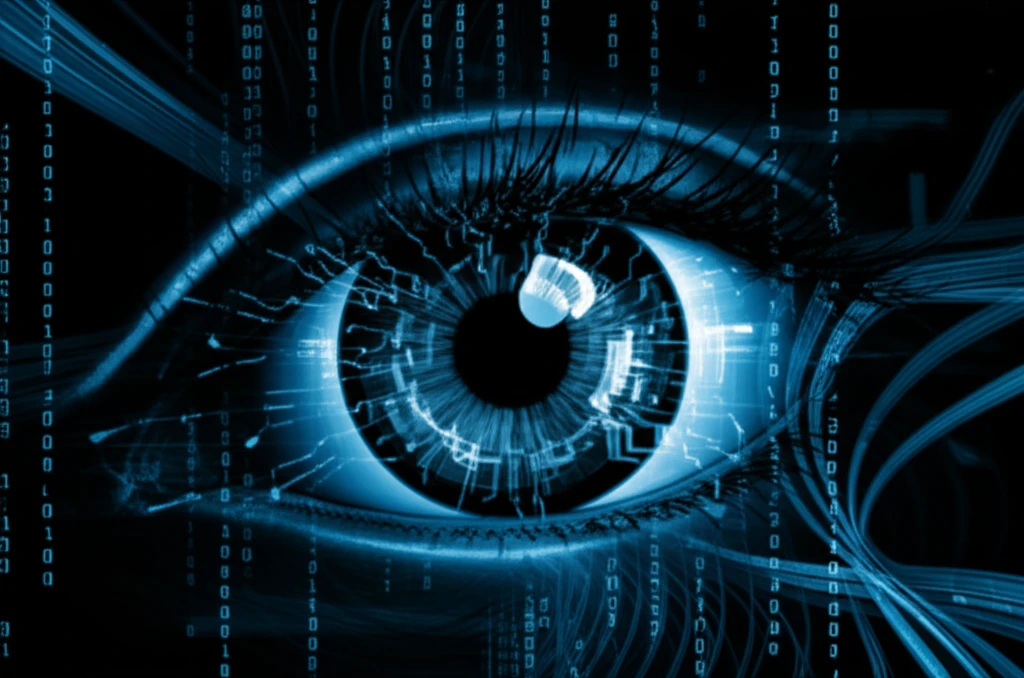
Unlock Your Eyes' Potential: How Iris Recognition Tech is Revolutionizing Security
"From airport security to smartphone access, discover the fascinating world of iris scanning and its high-accuracy future."
In an era where security is paramount, biometrics offers a unique approach to personal identification. Unlike passwords or PINs, biometric systems rely on the distinct biological traits that make each individual unique. While fingerprints and facial recognition have become commonplace, iris recognition stands out for its accuracy and reliability.
This article delves into the science behind iris recognition, exploring how it works, its advantages over other biometric methods, and the latest advancements in the field. We'll unpack how hybrid systems, combining different algorithms, are achieving unparalleled levels of accuracy in iris scanning.
Whether you're curious about the technology securing your smartphone or the future of airport security, this exploration of iris recognition will provide insights into this fascinating and rapidly evolving field.
The Science of the Scan: How Iris Recognition Works

Iris recognition hinges on the unique patterns within the iris, the colored part of your eye. These patterns develop randomly during fetal development and remain remarkably stable throughout a person's life. Even identical twins have distinct iris patterns, making it an exceptionally reliable biometric identifier.
- Localization: The system identifies the boundaries of the iris, separating it from the sclera (the white part of the eye) and the pupil.
- Normalization: The iris region is transformed into a standard rectangular shape, compensating for variations in pupil size and head tilt.
- Feature Extraction: Algorithms analyze the normalized iris image to extract its unique features, such as furrows, ridges, and spots.
- Encoding: These features are converted into a digital code, or "iris template," which serves as a unique biometric signature.
The Future is Clear: Advancements and Applications
The future of iris recognition is bright, with ongoing research focused on improving accuracy, speed, and convenience. Hybrid systems, which combine different algorithms and techniques, are at the forefront of these advancements. By integrating methods like Particle Swarm Optimization (PSO) and Genetic Algorithms (GA), these systems can overcome challenges such as variations in lighting, image quality, and eye movement.
As the technology matures, iris recognition is finding its way into a wide range of applications, including:
<ul><li><b>Access Control:</b> Securing buildings, data centers, and other sensitive areas.</li><li><b>Financial Transactions:</b> Authenticating online payments and preventing fraud.</li><li><b>Border Security:</b> Expediting passport control and enhancing security at airports and border crossings.</li><li><b>Healthcare:</b> Ensuring patient identification and protecting medical records.</li><li><b>Consumer Electronics:</b> Unlocking smartphones, tablets, and laptops.</li></ul>
